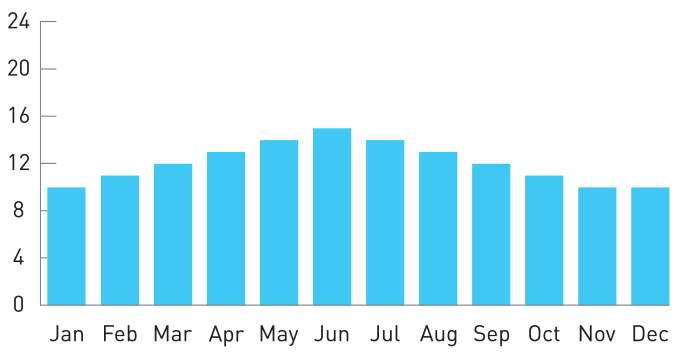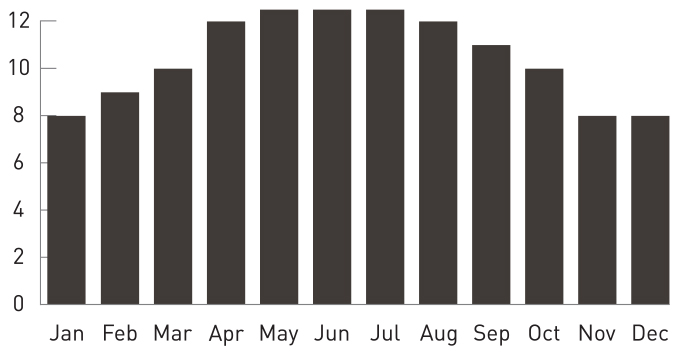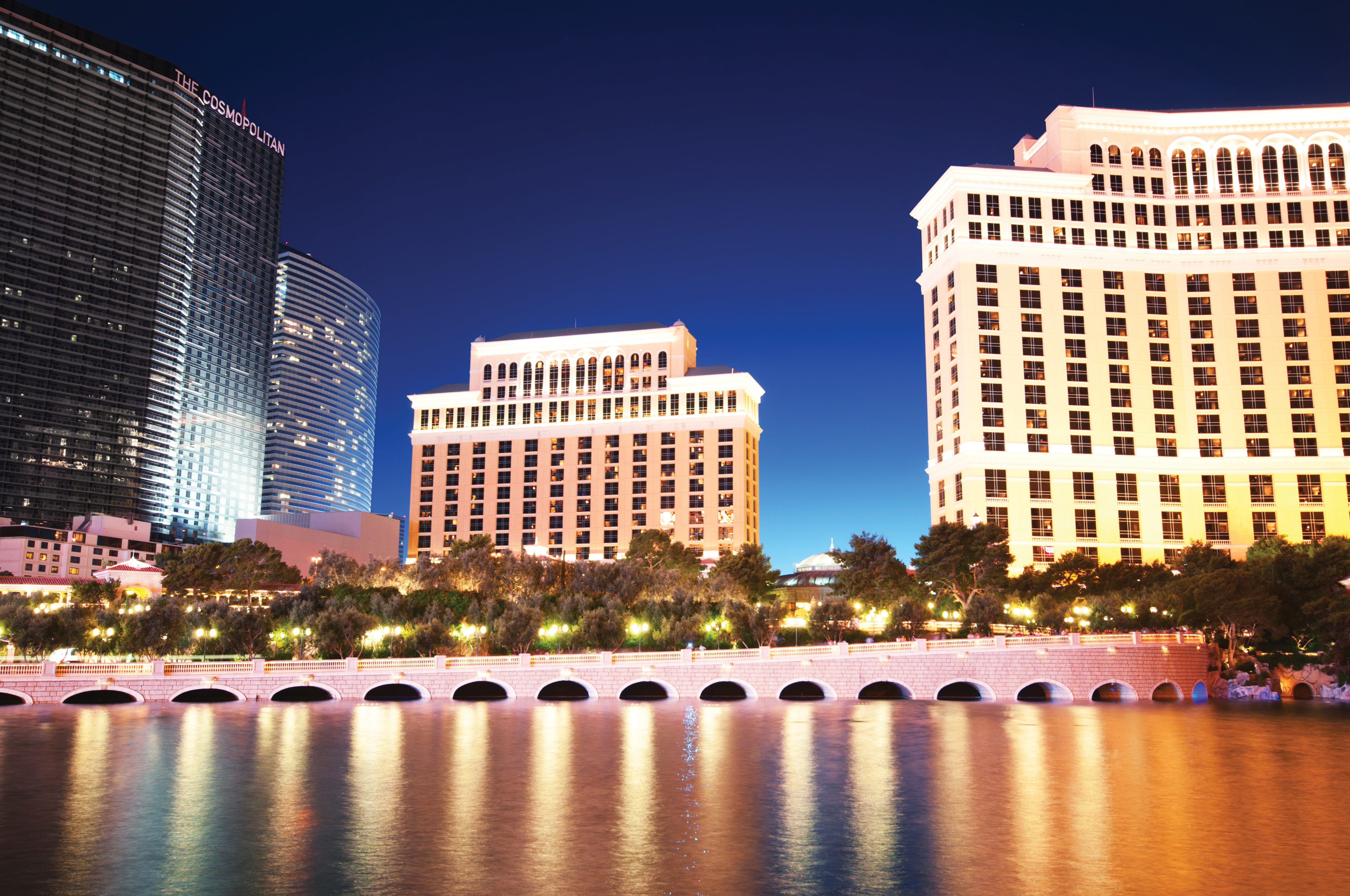Nevada
Nevada offers a complex series of filming incentives as transferable tax credits, with one of the main base rates being 15% of qualified production costs. The previous four-year cap of USD10 million has now been lifted, allowing the incentive to assist more productions than ever before.
The filming incentive programme initially had a fund of USD80 million. Paul Blart: Mall Cop 2 secured a USD4 million incentive payment to shoot in Las Vegas, but the film fund was then abruptly diverted to other sectors of the state economy.
Las Vegas remains Nevada’s most iconic location and an ever-popular story setting, but actual location filming in the city is usually limited by the lack of incentive support. Several of Las Vegas’ iconic hotels have their own filming departments that will negotiate deals with studio productions looking to use them
as specific settings. Otherwise, high-profile movies and TV shows routinely shoot locally for just a few days before finding cheaper alternatives elsewhere in the US.
Climate
Nevada has a generally sunny climate and mostly comprises desert and semi-arid land. Temperatures range from mean winter lows of 0C to mean summer highs of 21C.
Conditions in the desert around Las Vegas can reach nearly 40C during the summer months. It is also the driest in the US (despite frequent summer thunderstorms), although the highest mountain peaks can get 60 inches of snowfall every year.
These conditions on higher ground make skiing popular at the Lake Tahoe resort. Summers are milder in these regions of the state, which are in the north and central parts.
Average daily daylight

Average daily sunlight

Directory
- Rocky Buttes Movie Ranch - Jul 21, 2017
- Palm Beach County Film and Television Commission - Jul 12, 2017
- Surrey Film Office - Jun 20, 2017
- UltimateGraveyard - Mojave Desert Film & Photo Location - Jun 1, 2017
- Picture Perfect Productions - May 26, 2017
- Atlanta Metro Studios - May 2, 2017
- Pittsburgh Film Office - Apr 27, 2017
- Savannah Film Factory - Apr 27, 2017
- Santa Fe Film Office - Apr 27, 2017
- Film Florida - Apr 25, 2017

